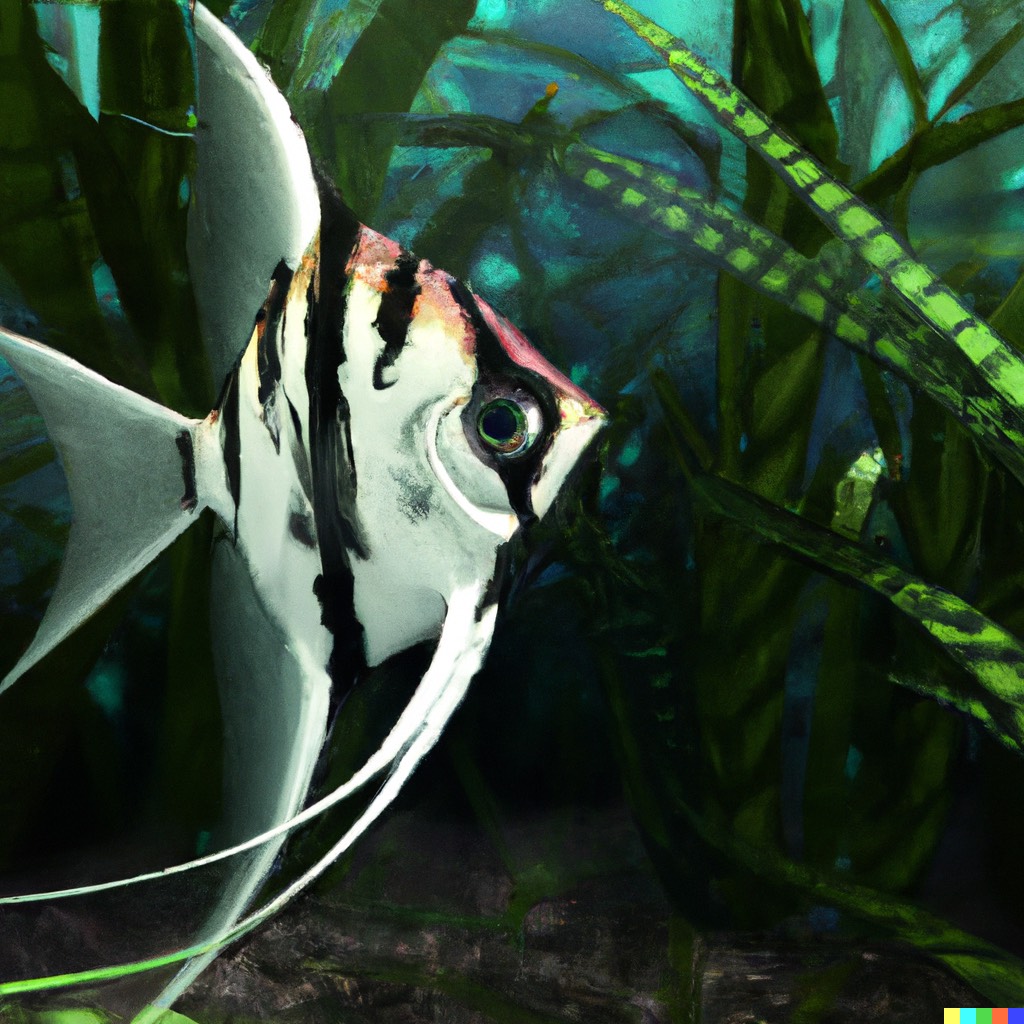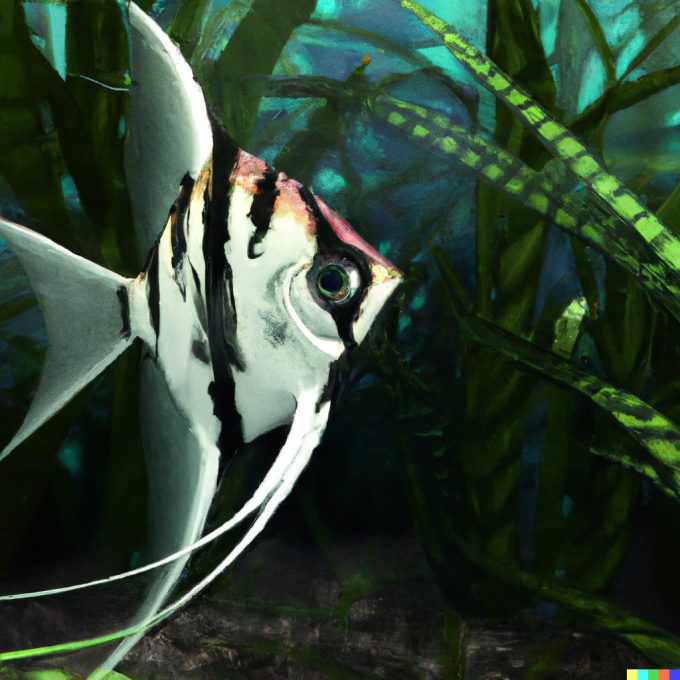
This matters because it kind of addresses some of the ways (and reasons) you can improve the condition and success with Altum scalare (Angel fish)
In nature: Altum scalare would form schools of individuals, dozens of them, just hanging in a gentle Amazon-current among tall plants like Valisneria – and the water was warm with a pH about 6.9-7.0 and tannin rich. And always, floating down the river to where they would congregate, there would be tiny insects and larve, copepods, daphnia – in vast amounts because well, it was the Amazon and it wasn't polluted. So, it was warm and the feed was constant, and tiny. So they eventually evolved into “not powerful” swimmers, mastering instead “motionless” and calorie conservation, compressed low-drag bodies and tiny mouths for pinpoint accuracy taking native copepods and rotifers, like Daphnia.
Feed was constant in their natural world: Because warm water hastens metabolism, so that meant they had to be on the lookout for every tiny morsel of food.
BASICS OF ANGELFISH JOY:
= Tannins
= Moderate to low pH
= High aeration without too much water current
= Temperature in the high-seventies, low eighties
= Frequent or constant light feeding
= Carnivore fare (tiny slow-sinking pellets / flakes)
ERIK L. JOHNSON








